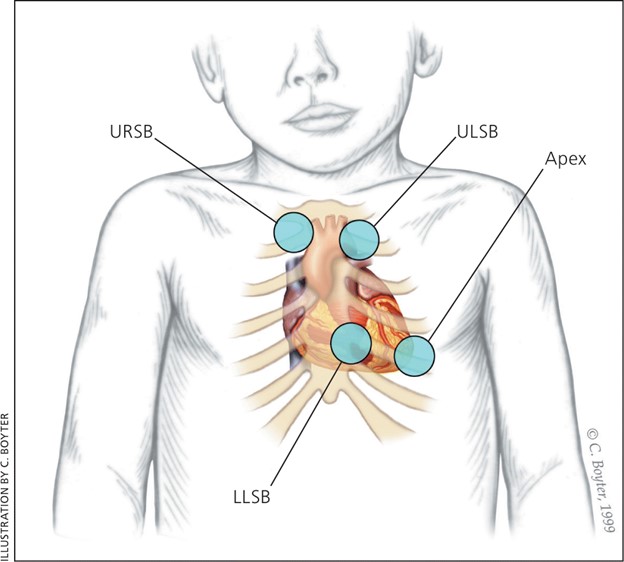Which action should the nurse take after assessing a 2-day-old wound that has a crust along the edges, is red and appears slightly swollen?
Apply warm soaks to reduce the inflammation.
Notify the health care provider immediately of the infection.
Place the client on contact (wound) precautions.
Document the findings and continue to monitor the wound.
The Correct Answer is D
. Document the findings and continue to monitor the wound. This is because a 2-day-old wound that has a crust along the edges, is red and appears slightly swollen is likely in the inflammatory phase of wound healing. This phase is characterized by hemostasis, chemotaxis, and increased vascular permeability, which can
cause redness and swelling. The crust along the edges is formed by the clotting of blood and platelets.
These are normal signs of wound healing and do not indicate infection or complications.
Choice A is wrong because applying warm soaks to reduce inflammation can interfere with the natural process of wound healing and increase the risk of infection.
Choice B is wrong because notifying the health care provider immediately of the infection is not necessary unless there are other signs of infection such as fever, pus, foul odor, or increased pain.
Choice C is wrong because placing the client on contact (wound) precautions is not required for a 2-day-old wound that is not infected or draining. Wound precautions are only indicated for wounds that are colonized or infected by multidrug-resistant organisms.
Nursing Test Bank
Naxlex Comprehensive Predictor Exams
Related Questions
Correct Answer is B
Explanation
This is because itching is a subjective assessment finding, which means it is based on the personal experience, view or feeling of the
patient. The other choices are objective assessment findings, which means they are based on observable or measurable data that the nurse can collect.
For example:
Choice A is wrong because hives are a visible skin reaction that can be seen and measured by the nurse.
Choice C is wrong because vomiting is an observable action that can be verified and recorded by the nurse.
Choice D is wrong because abdominal distension is a measurable change in the size or shape of the abdomen that can be assessed by the nurse.
Normal ranges for objective assessment findings may vary depending on the source and context, but some possible examples are:
- Hives: No hives or rashes on the skin are normal.
- Vomiting: No vomiting or nausea are normal.
- Abdominal distension: Normal abdominal girth for adults ranges from 68 to 100 cm (27 to 40 inches).
Correct Answer is D
Explanation
A heart murmur is a priority assessment for a toddler who is diagnosed with fetal alcohol syndrome because it may indicate a congenital heart defect, which can affect the child’s growth, development and oxygenation. According to the health search results, fetal alcohol syndrome can cause heart and kidney problems, among other complications.

Choice A is wrong because small head size is a common feature of fetal alcohol syndrome, but it is not a priority assessment. It indicates that the child has microcephaly, which is associated with intellectual and learning disabilities.
Choice B is wrong because poor coordination is another common feature of fetal alcohol syndrome, but it is not a priority assessment. It indicates that the child has problems with motor skills and balance.
Choice C is wrong because speech and language delays are also common features of fetal alcohol syndrome, but they are not a priority assessment. They indicate that the child has problems with communication and social skills.
Whether you are a student looking to ace your exams or a practicing nurse seeking to enhance your expertise , our nursing education contents will empower you with the confidence and competence to make a difference in the lives of patients and become a respected leader in the healthcare field.
Visit Naxlex, invest in your future and unlock endless possibilities with our unparalleled nursing education contents today
Report Wrong Answer on the Current Question
Do you disagree with the answer? If yes, what is your expected answer? Explain.
Kindly be descriptive with the issue you are facing.
